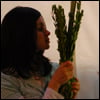Four Kinds, Six Directions: Meditation in Movement
The movements we make with the Four Kinds each day of Sukkot are a meditation on bringing our emotions into balanced harmony. This meditation is grounded in the kavanot of the Ari, as explained in the siddur of Rabbi Schneur Zalman of Liadi.
|
Handouts:
|
Lulav_Meditation |
| Topics: | Aravah, Lulav, Hadas, Etrog, Shemini Atzeret and Simchat Torah, Sukkot, Four Kinds, Naanuim, Meditation |


























































Join the Discussion